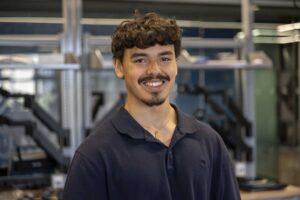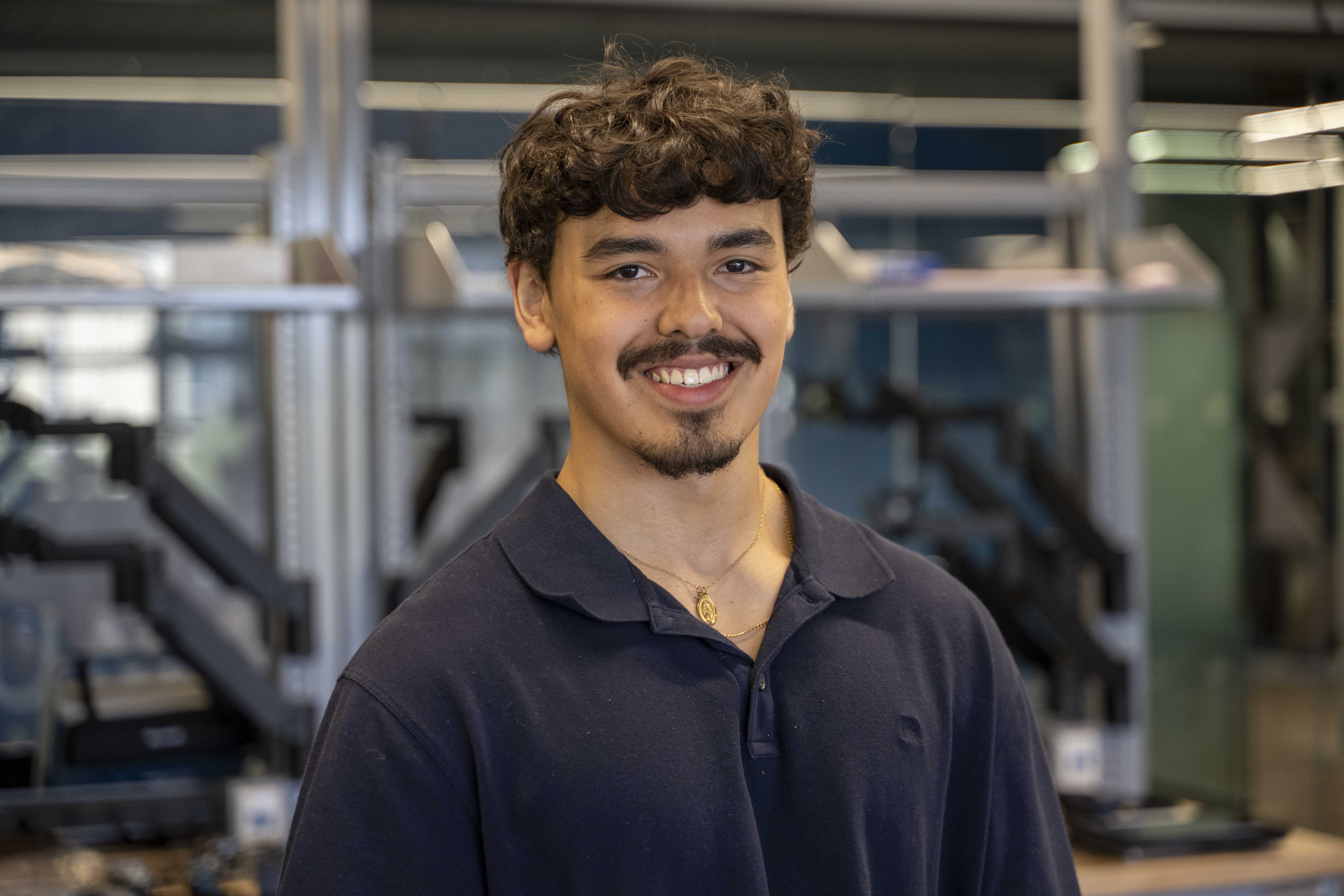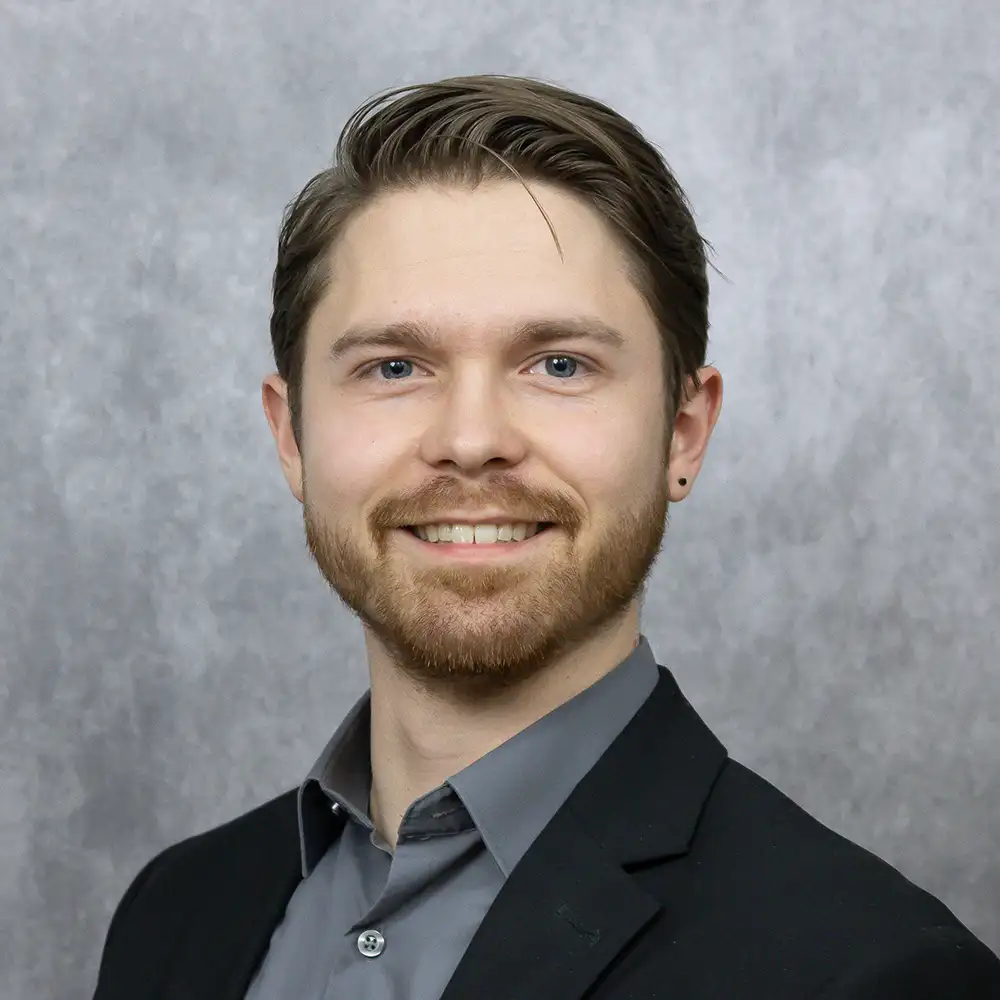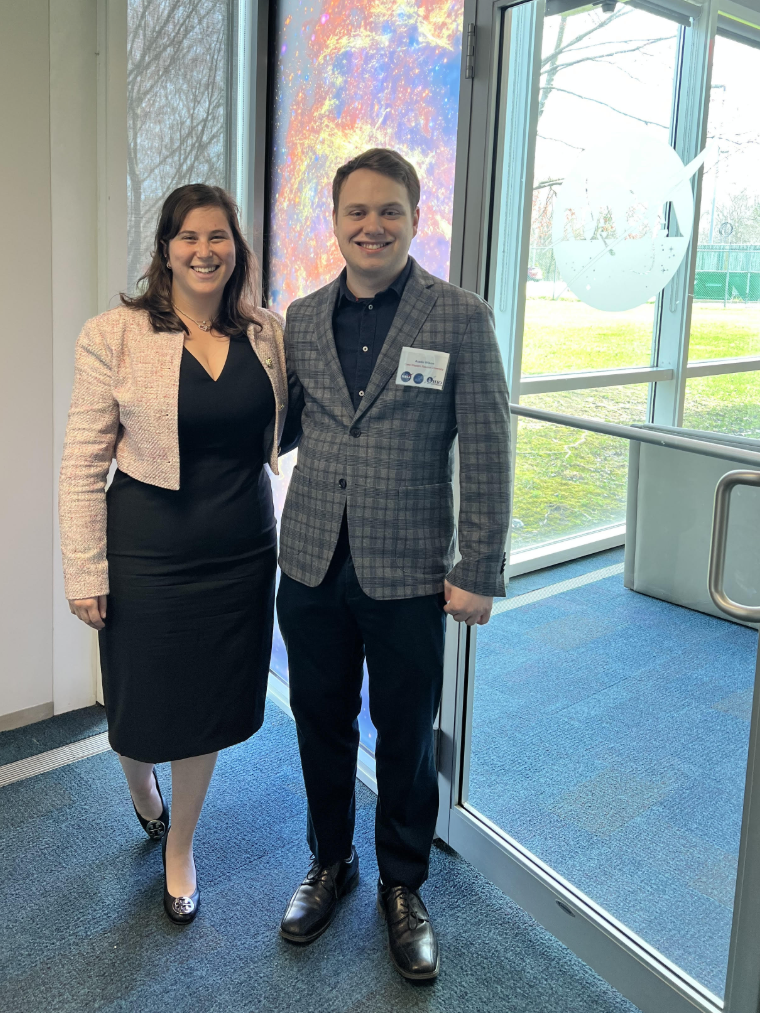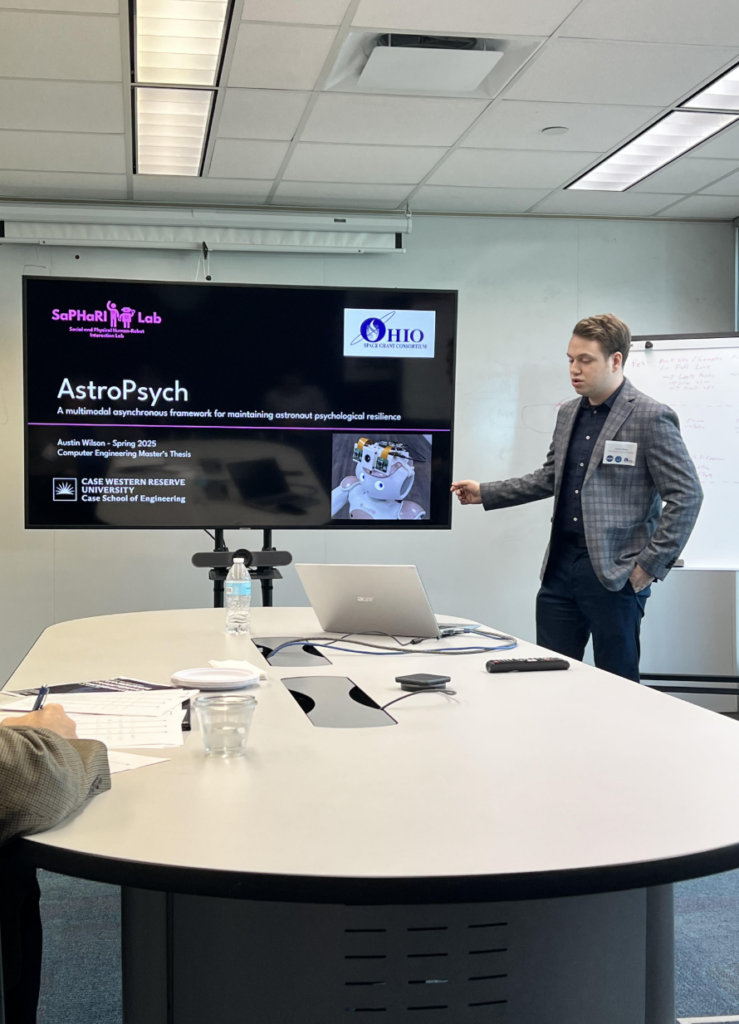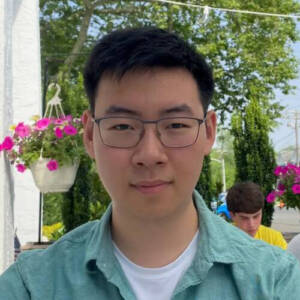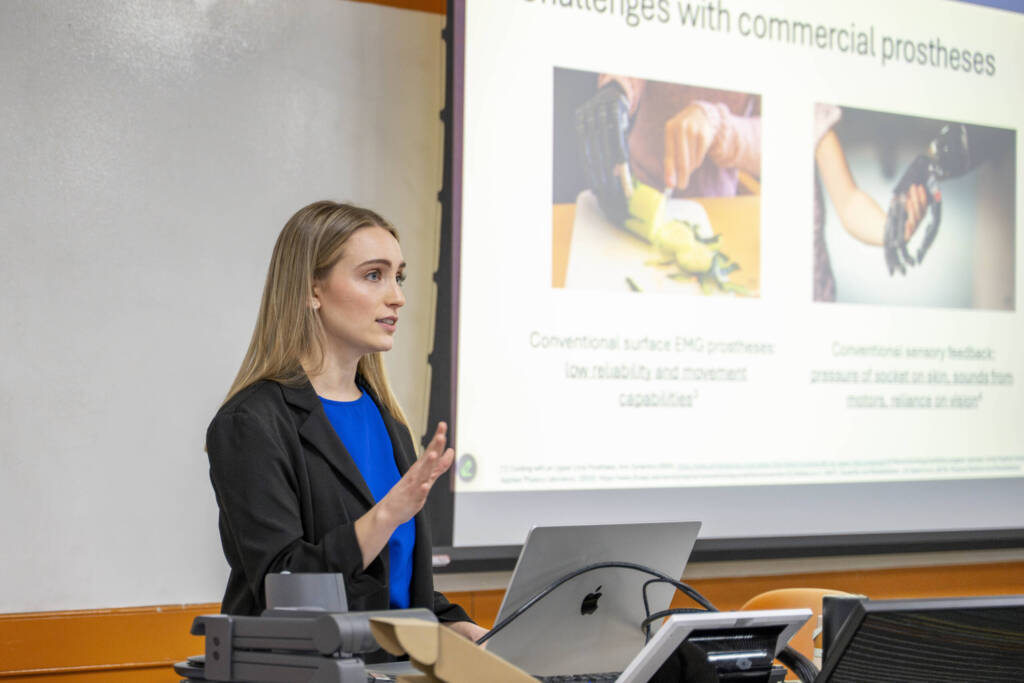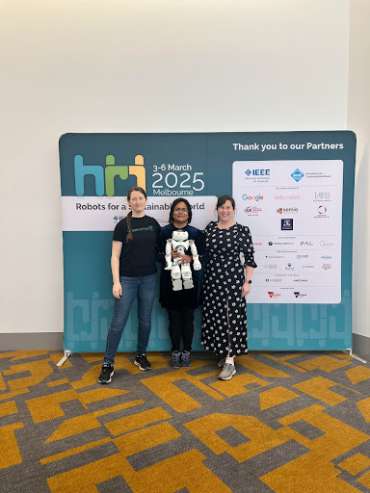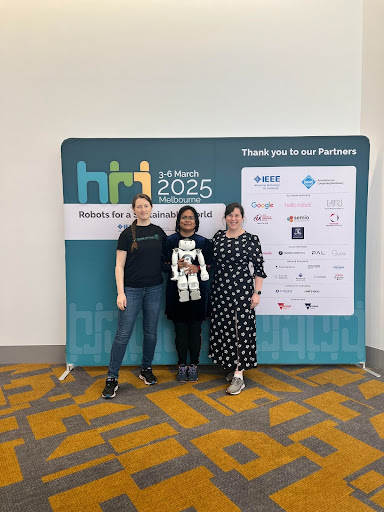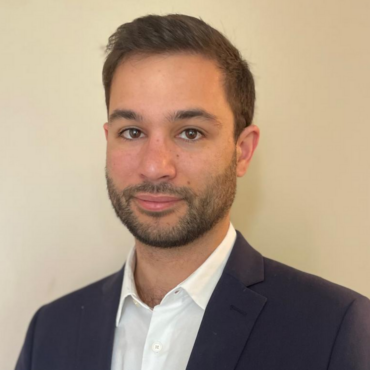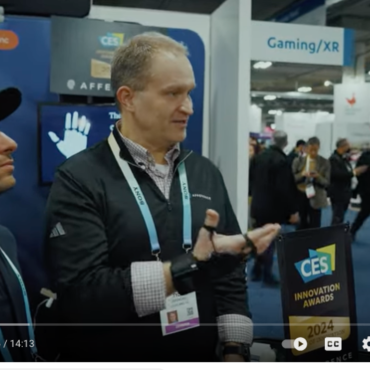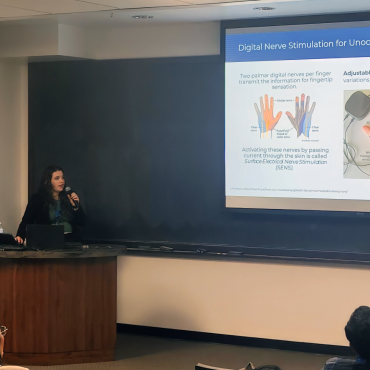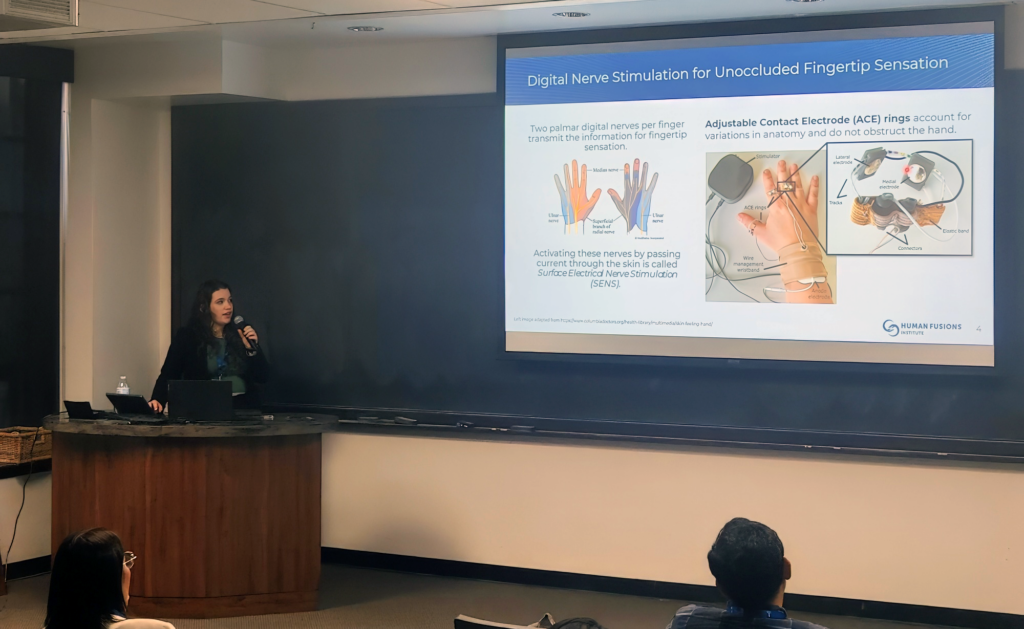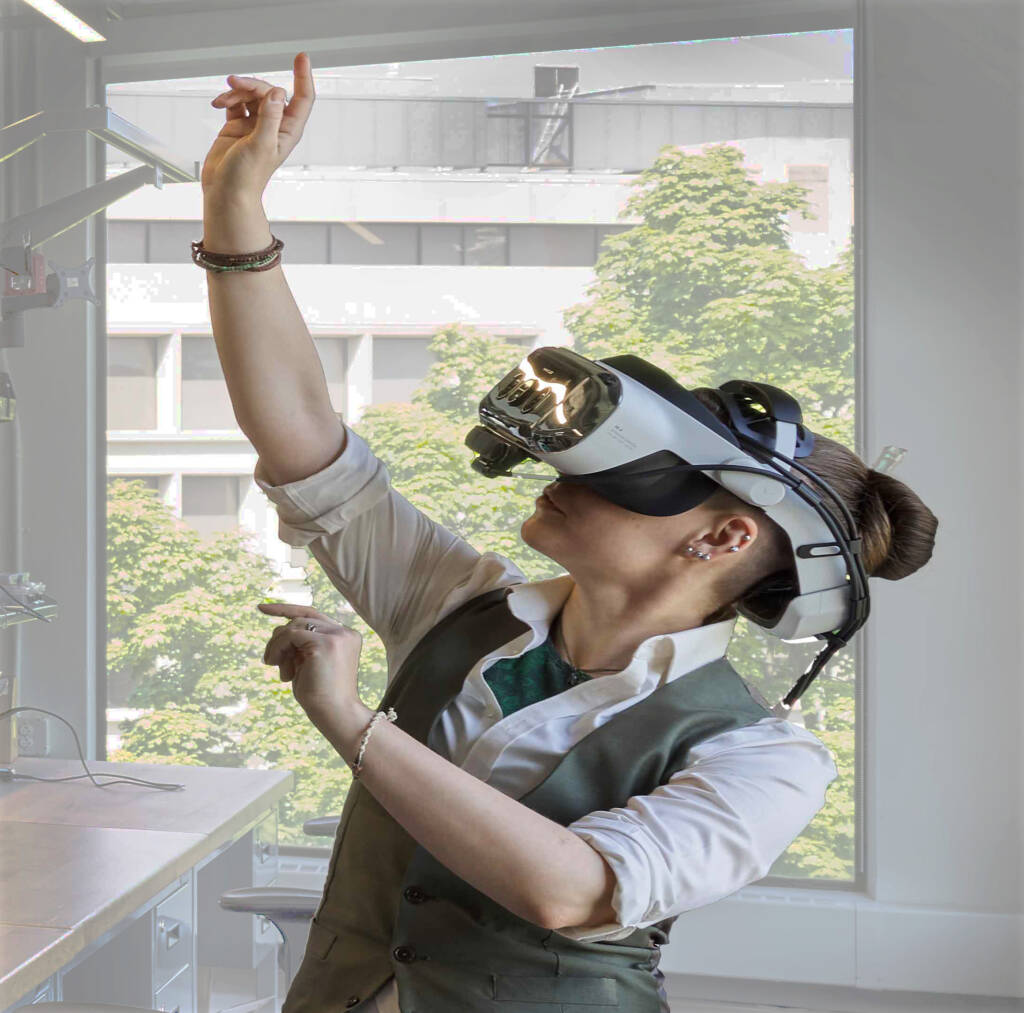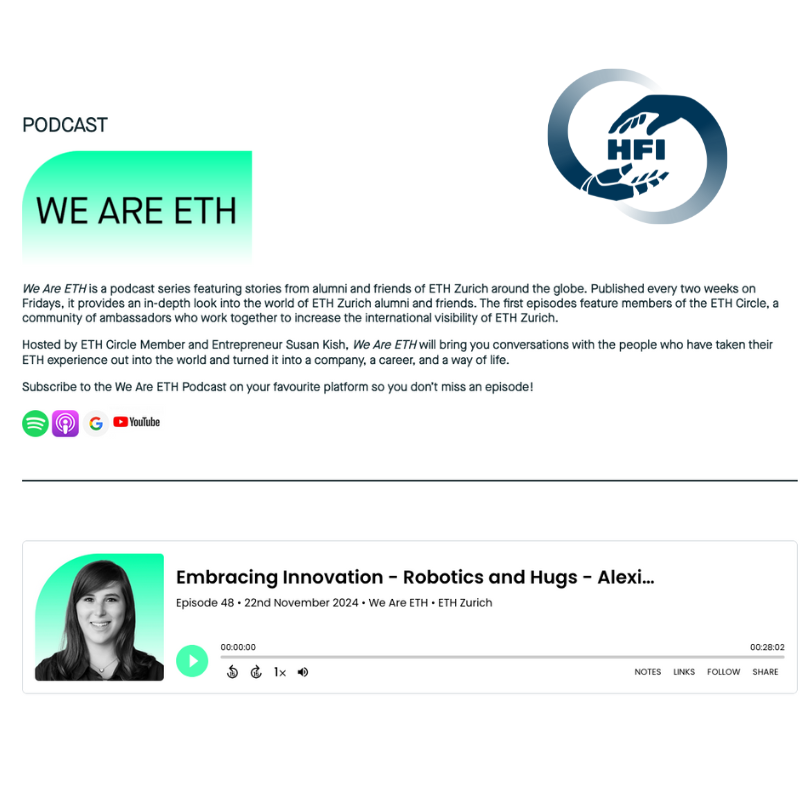When Mauricio Negrón was growing up in San Juan, Puerto Rico, he looked up to several engineers, including his father. Negrón also had “a natural affinity for math and an aching curiosity to know the answers to scientific questions.” Once he came to Case Western Reserve University for his undergraduate studies, he was drawn to the Social and Physical Human-Robot Interaction (SaPHaRI) Lab and the Human Fusions Institute for their research in creating technology in the service of humanity.
“Engineering has taught me to approach complex problems with patience, structure, and resilience,” said Negrón, who appreciates the balance of analytical problem-solving, innovation, and creativity the discipline offers. “These skills have proven invaluable in academic settings and my personal life. Being able to navigate uncertainty with confidence and discipline is something I consider a lasting achievement.” Drawn to the SaPHaRI Lab for its supportive and collaborative environment, he looks forward to continuing his hands-on research when he returns in the fall
In addition to his engineering accomplishments, Negrón recently received the Italian Book Prize, an annual award presented to an outstanding student of Italian in the Department of Modern Languages and Literatures. “He kept up the rigorous pace and met the demands of his first-year Italian courses,” said Professor Denise Caterinacci, who nominated him. “He was enthusiastic and attentive, engaged, and accountable for his progress, frequently checking to see if there were steps he could take to improve even more. He was simply exemplary, as a student of Italian, and it was a real pleasure to meet and work with him!”
Upon his graduation from CWRU (expected May 2027), Negrón plans to return to Puerto Rico. He is committed to playing a key role in supporting the island’s development, with a particular focus on addressing its infrastructure challenges. “There is a strong need for committed engineers and professionals to help modernize and rebuild key systems across the island, and I hope to play a part in that effort.”
